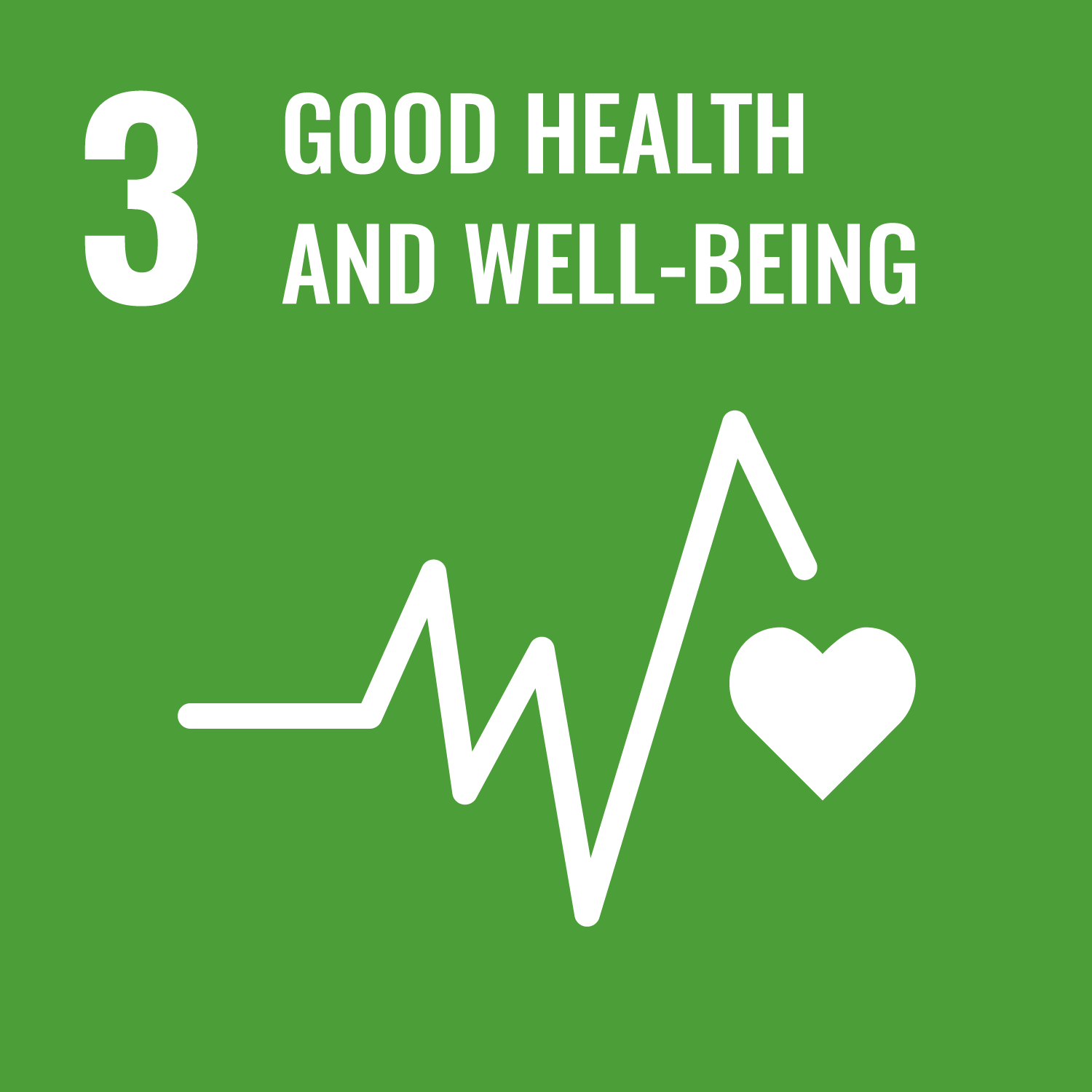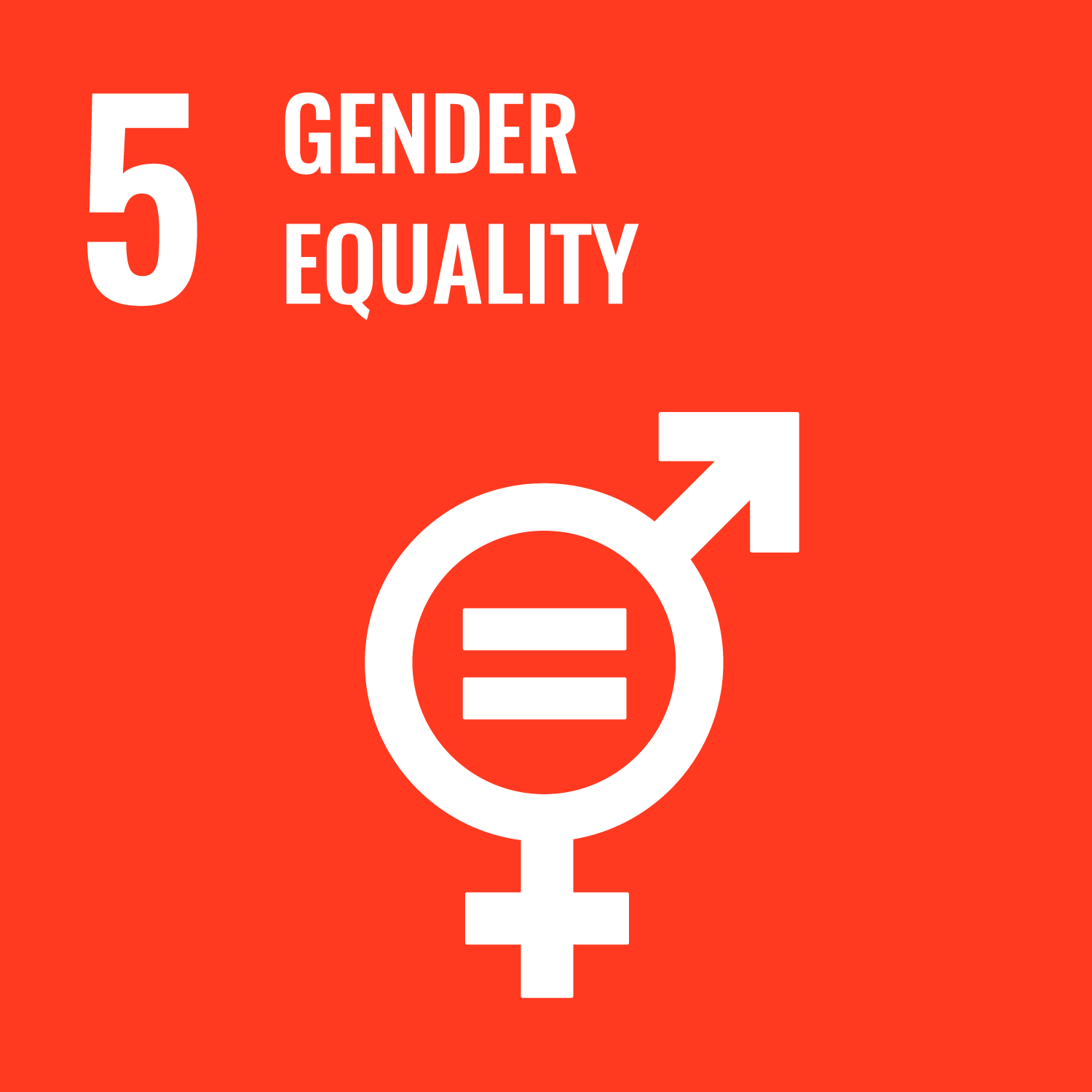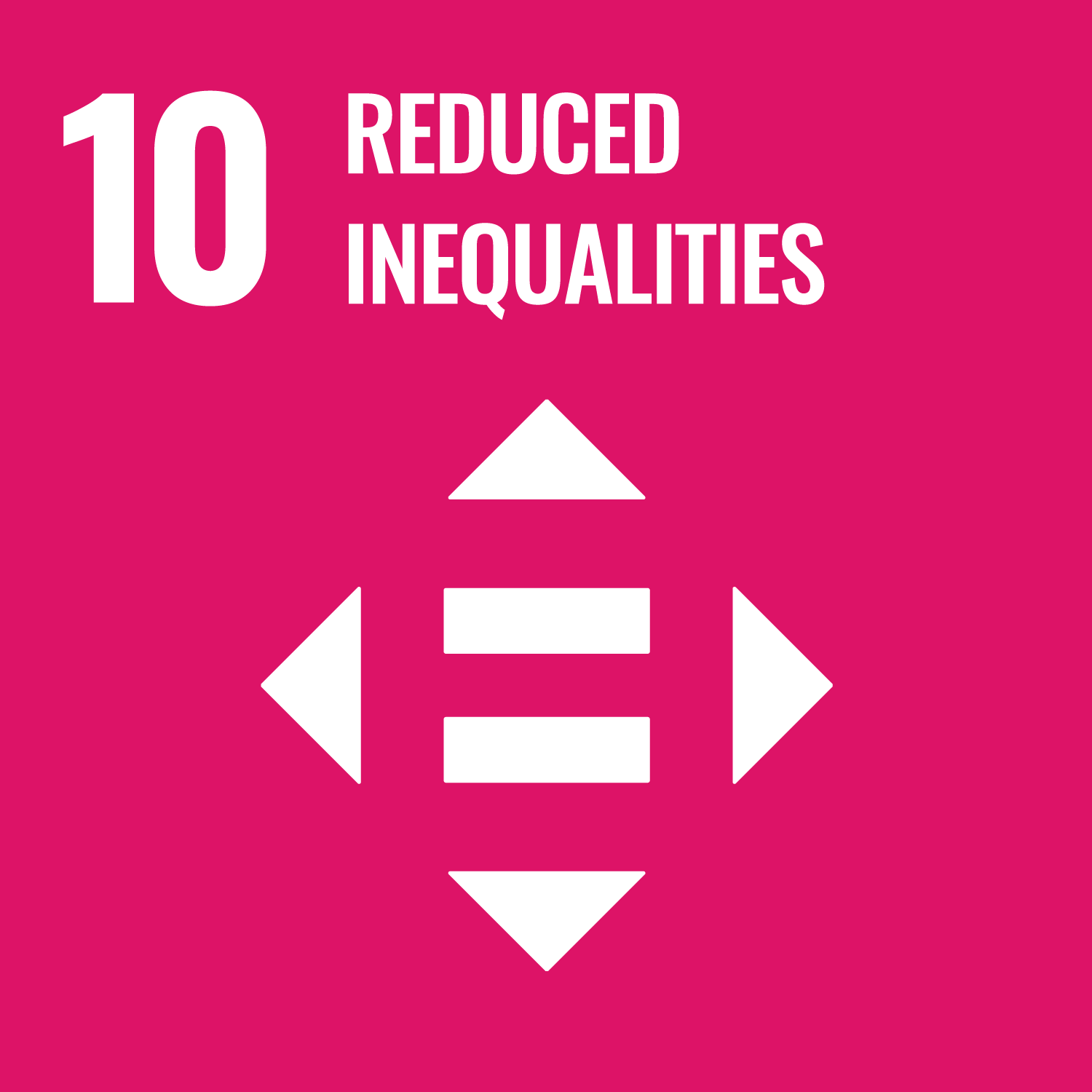This study was conducted to address the common misconception in South Africa that lesbian women are immune from contracting HIV due to their sexuality. The study explores the linkages between perpetration of hate crimes and gender-based violence against lesbians, and HIV prevalence. Homophobia and heterosexism in South Africa mean that lesbian women are at a heightened risk of experience sexual and gender-based-violence. The study uses syndemics theory to reveal the interrelationship between GBV and HIV and how the interactions between the two can create an excessive burden of a disease on an individual that is typically aggravated by marginalisation.
Not only did the researchers seek to explore and under-researched field of study (HIV, GBV, and lesbian women), but also to focus on lesbian women in rural areas. There is a common misconception among researchers in this field that LGBTIQ+ people in rural areas are more likely to hide their identities/sexualities, and thus less likely to experience homophobic/heterosexist hate crimes. This study found the opposite to be true: all eight interview respondents, young lesbian women between ages 19-32, had experienced GBV in some capacity, ranging from physical, sexual, and emotional violence as well as community and institutional violence.
By applying syndemics theory to the case study, the authors determined that lesbian women are more, not less, susceptible to HIV due to intersecting forms of violence and discrimination.
The article concludes with a review of the current state of HIV-related health care available to lesbian women in South Africa. It highlights the need for community engagement through outreach campaigns and education, particularly directed at health care workers, to improve reception of health-care needs of marginalised communities.








